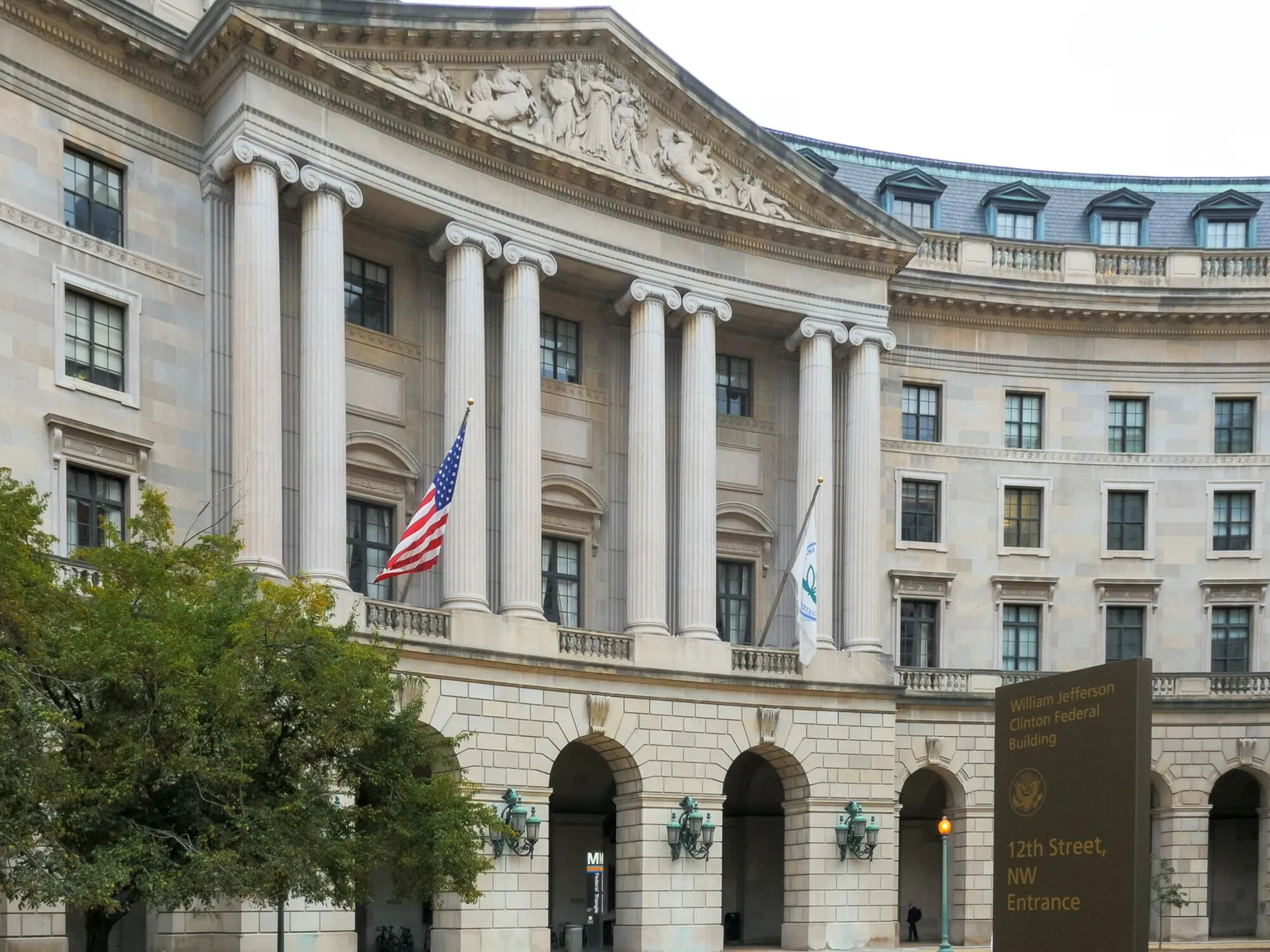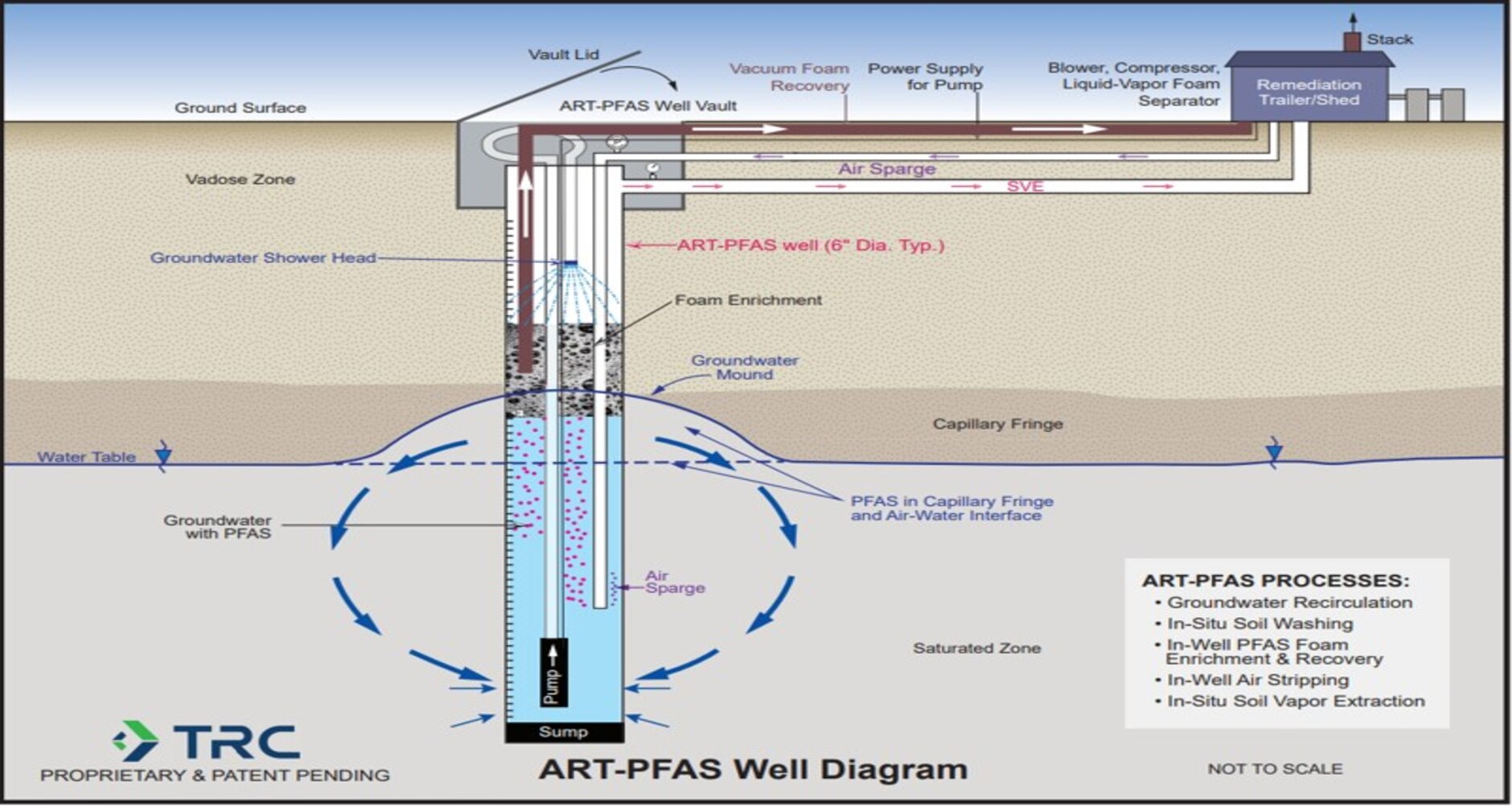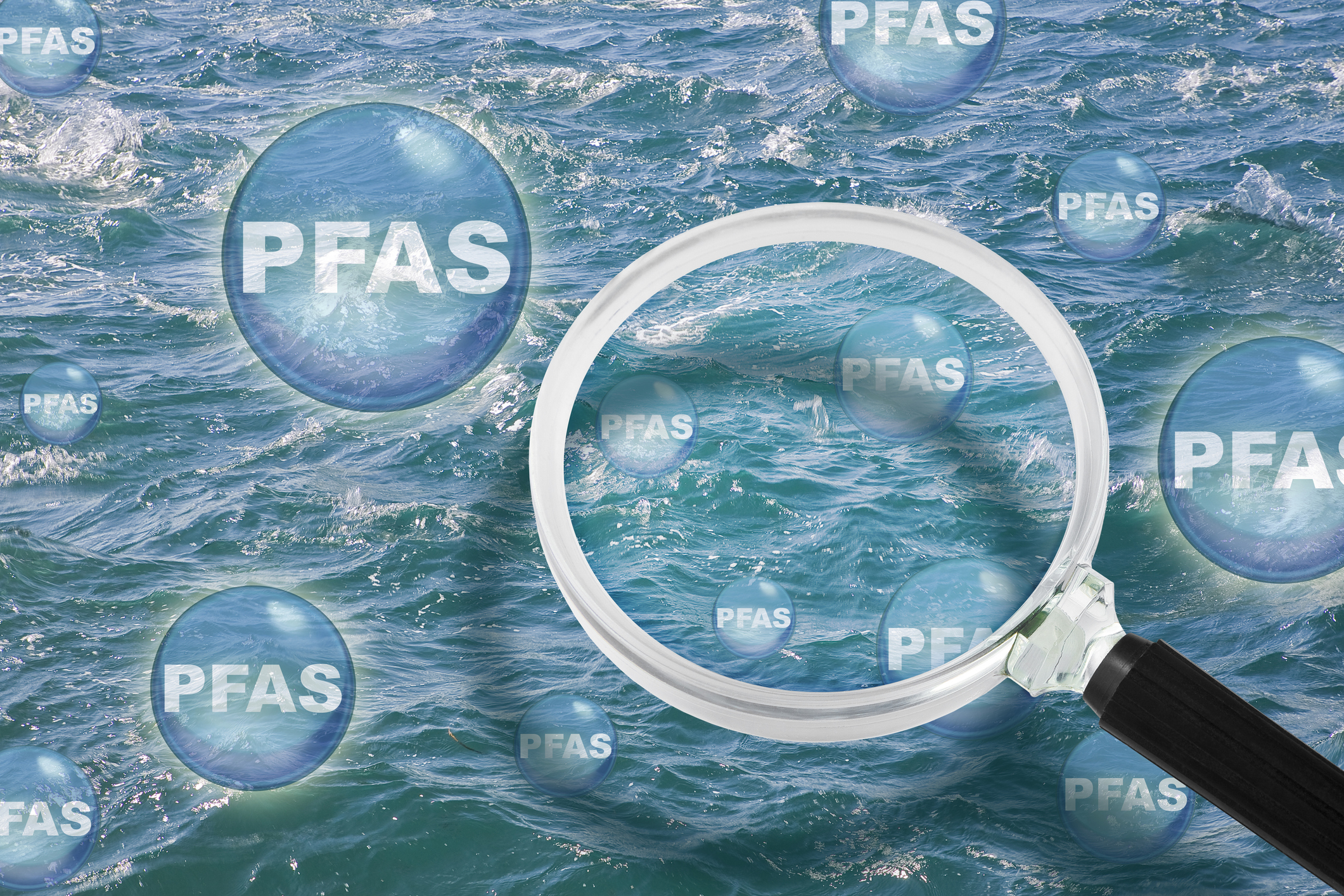The USEPA’s Toxic Substances Control Act (TSCA) reporting and recordkeeping rule for per- and polyfluoroalkyl substances (PFAS) requires PFAS manufacturers and importers to report information related to chemical identity and structure, production, use, byproducts, exposure, disposal and health and environmental effects. The rule originally had an 18-month compliance timeline starting on the effective date of November 12, 2023. EPA has issued another extension for reporting with a new deadline of October 13, 2026.
This delay serves two purposes:
- EPA requires more time to program and beta test the reporting application.
- EPA is considering modifications to the PFAS Reporting Rule and this delay allows time for public comment and final rule approval before April 2026. EPA has indicated that they are evaluating changes to the small manufacturer and article importer portions of the rule.
Despite the extension, it is important to start due diligence now, to document what is reportable and implement a strategy for demonstrating compliance.

Applicability
For the PFAS Reporting Rule, USEPA leveraged the existing TSCA definition for manufacturers (and importers). Therefore, this rule applies to the following entities:
- “Manufacture for commercial purposes” includes the import, production, or manufacturing of a chemical substance or mixture containing a chemical substance with the purpose of obtaining an immediate or eventual commercial advantage for the manufacturer (i.e., for profit)
- Manufacture of chemical substances or mixtures for commercial distribution, including test marketing, or for use by the manufacturer itself as an intermediate or for product research and development
- Coincidental manufacture of byproducts and impurities that are produced during the manufacture, processing, use, or disposal of another chemical substance or mixture
Note: USEPA added that “importers of articles containing PFAS are considered PFAS manufacturers.” Article importers add a large universe of reporting entities to this program, and EPA has indicated that a revision is forthcoming to reduce this reporting burden.
Rather than providing a list of PFAS chemicals subject to reporting, USEPA elected to use a structural definition approach for PFAS with respect to the Reporting Rule. The structures are described in detail in the Federal Register. The three structures represent persistent organofluoro compounds, fluorinated ethers, and branched highly fluorinated substances. While USEPA listed 1,462 chemical substances in commerce as examples, other sources have described more than 12,000 compounds that meet the structural definition. Lastly, USEPA widened the reporting of applicable chemicals further by including fluoropolymers in this Rule. The inclusion of fluoropolymers is important as they are potentially prevalent in many types of imported articles, like gaskets, tubing, o-rings, electrical wiring, and membranes, and therefore, may affect many industries such as automotive, aerospace, electronics, and manufacturing equipment.
Timeline
TSCA PFAS Reporting rule originally proposed an 18-month timeline from the November 13, 2023 effective date until the reporting period ended on USEPA’s Central Data Exchange (CDX) portal. The May 13 interim final rule will extend the reporting period start by yet another ten months, establishing a reporting closeout date for most reporters of October 13, 2026. This graphic shows the updated dates:
Reporting
The reporting methodology will largely follow the TSCA Chemical Data Reporting (CDR) format in CDX.
- There are no de minimis thresholds for PFAS chemicals that meet the structural definitions included in the Rule
- There are few exceptions (e.g., the rule has one for municipal solid waste)
The PFAS Reporting rule requires a look back at the manufacturing/importing from 1/1/2011 to 12/31/2022 (12 years). For chemical suppliers claiming Confidential Business Information (CBI), the importer can use a “joint submission” – the importer completes most of the form, and the foreign supplier can complete the chemical identity CBI.
The “Known or Reasonably Ascertainable” reporting standard, similar to TSCA CDR, applies to this rule:
- All information in a person’s possession or control, plus
- All information that a reasonable person similarly situated might be expected to possess, control, or know.

What Do Manufacturers and Importers Need to Do Now?
As PFAS reporting and recordkeeping increases, organizations must continue to evaluate not only the actions spelled out by requirements, but also manage the messaging and identify and manage short- and long-term risks moving forward.
- Watch for and comment on the proposed changes to the TSCA PFAS Reporting Rule around small manufacturers and article importers. Reporting for imported articles pulled in a wide range of companies to this rule, and reduction or even removal of imported article from the scope of reporting affects your EHS plan and budget.
- Continue to conduct due diligence if your company manufactures PFAS domestically, potentially produces PFAS by-products in manufacturing or facilities processes, or imports chemicals that may contain PFAS – including liquids and powders.
- Evaluate your TSCA PFAS Reporting project in terms of budget cycle and timing. Your due diligence and reporting project activities need to align with your budget cycle. Make sure your funding is in place for early next year and right-size it once the rule is finalized.
TRC Can Help
Planning today will provide valuable time to review chemicals, suppliers, and the best strategy to address this USEPA requirement. For over 50 years, TRC has built teams of nationally recognized experts, including PFAS and TSCA CDX reporting, to support a wide range of industry sectors with chemical management challenges.
We have been actively tracking the development of all EPA PFAS-related rulemakings, through our central role in the development of the Interstate Technology and Regulatory Council (ITRC) PFAS content and by providing updates for industry associations and conferences. Reach out to TRC’s National Service Leader for Chemical Management and Reporting Services Mark Robinson or your TRC project manager for assistance with this or upcoming TSCA and PFAS-related reporting obligations.
Gain
Peace-of-Mind
Partner With TRC’s Tested Practitioners




























